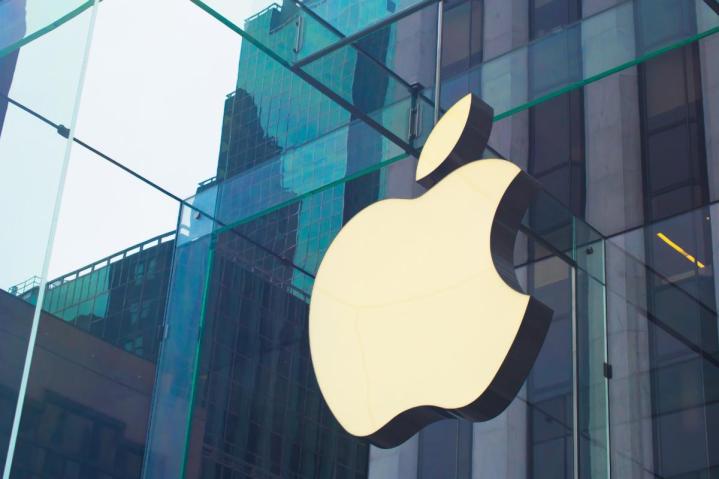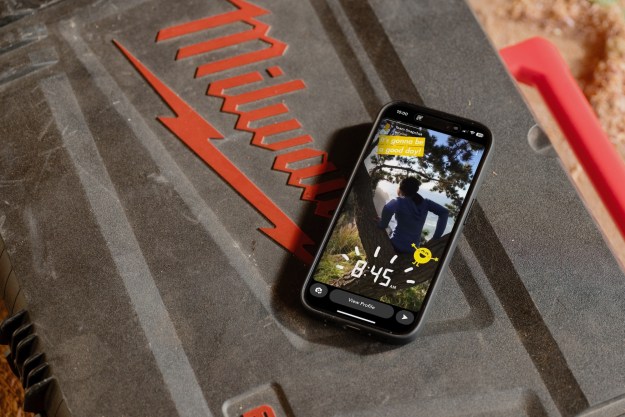
An anonymous source informed Ars Technica of the buyout conversation, and Imagination Technologies refused to deny the takeover when asked directly by an Ars Technica reporter. Despite a market capitalization of $500 million, Imagination Technologies has struggled as of late. The company laid off 350 people last week, and last spring longtime CEO Hossein Yassaie stepped down after a series of failed attempts to diversify.
“From time to time, Apple talks with companies about potential acquisitions,” says an official statement from Apple, posted on the website of the London Stoke Exchange. “We had some discussions with Imagination, but we do not plan to make an offer for the company at this time.”
Apple doesn’t usually comment on potential acquisitions, particularly ones that don’t pan out, but surging stock prices based on the rumor required a statement in this case.
Imagination Technologies is mostly known for its PowerVR line of GPUs. The company doesn’t actually manufacture the chips, sticking strictly to designs, which they license to other companies. PowerVR designs are found in Apple’s mobile devices, but also in a surprising range of other SoCs. Many of Intel’s Atom line of battery-friendly processors, for example, use the technology for on-board graphics, as do SoS systems designed by LG, Samsung, and Texas Instruments.
Apple has owned at least 9.5 percent of Imagination Technologies since 2009, the same time Apple started designing its mobile processors in-house. DigitalVR designs have appeared in all iPhones since the iPhone 5, and also power graphics on the Apple Watch and iPod Touch.
Analysts thought acquiring Imagination Technologies would bring more of Apple’s hardware development in-house, giving the company even more control over hardware design. For now, at least, the GPUs that power Apple devices will continue to be licensed from outside the company.
Editors' Recommendations
- I really hope this iPhone 15 Pro rumor isn’t true
- Why the Apple Watch Series 8 isn’t good enough to replace my old Series 5
- Even with 32 GPU cores, the M1 Max MacBook Pro still isn’t a gaming destination
- Apple isn’t making a foldable iPhone anytime soon, so don’t get your hopes up
- Apple event set for Sept. 15, but iPhone 12 isn’t guaranteed

